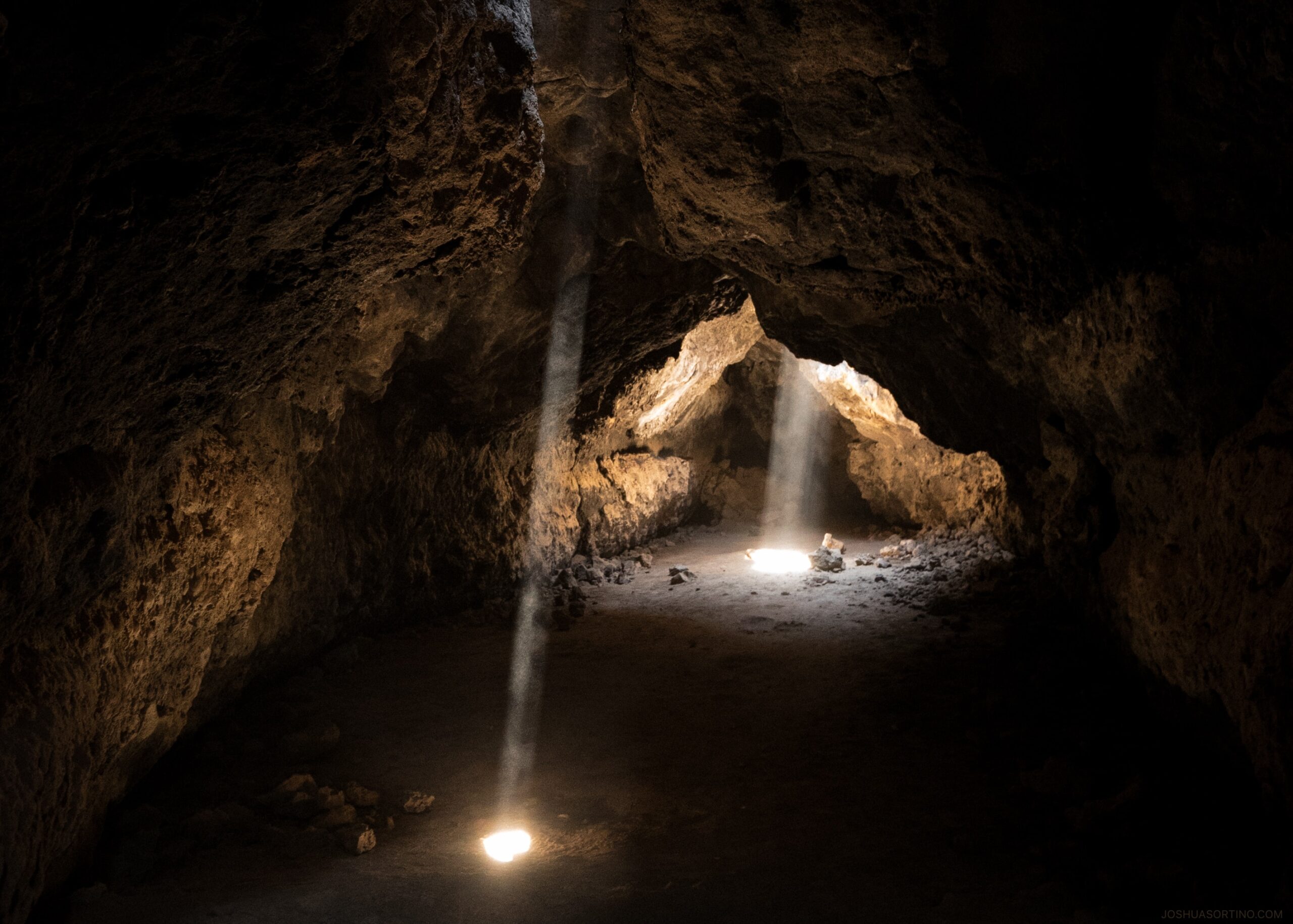Unearthing the Ancient Secrets of Mind-Altering Plants: A Journey to the Depths of History
New research has revealed that visitors to Es Càrritx cave on Menorca, an island in the Mediterranean, ingested hallucinogenic drugs as far back as 3,000 years ago. This is Europe’s oldest direct evidence of people taking mind-altering and vision-inducing substances, according to archaeologist Elisa Guerra-Doce and her team at the University of Valladolid in Spain.
The researchers suggest that shamans who ingested these psychoactive plants were likely shamans who performed spiritual and healing rituals. The cave, which contains more than 200 human graves and a hoard of objects in a small pit, was previously dated between 3,600 and 2,800 years ago.
The chemical analysis of human hair found in one of the wooden containers inside the cave revealed the presence of three psychoactive plant substances that had been ingested and absorbed over nearly a year.
These included atropine and scopolamine from nightshade plants, which induce disorientation, hallucinations, and altered physical sensations, as well as ephedrine, which boosts energy and alertness.
Hallucinogenic drugs found in 3,000-year-old human hair believed to belong to ancient shamans https://t.co/QQ5JN9b7GQ pic.twitter.com/MRcoWdEtYR
— New York Post (@nypost) April 7, 2023
This discovery sheds new light on the ancient use of hallucinogenic drugs and their role in spiritual and healing rituals. It is also interesting to note that this type of use is not unique to Menorca, as similar practices have been found in other cultures worldwide.
Furthermore, the discovery shows the importance of using multiple analysis methods in archaeological research. By analyzing the hair found in the wooden container, the researchers were able to gain direct evidence of the ingestion of psychoactive substances, which may not have been possible through other means of analysis.
As we continue to explore ancient cultures and practices, it is important to keep an open mind and be willing to reconsider preconceived notions about their beliefs and behaviors. This discovery reminds us that our understanding of the past constantly evolves and that there is always more to learn.
































